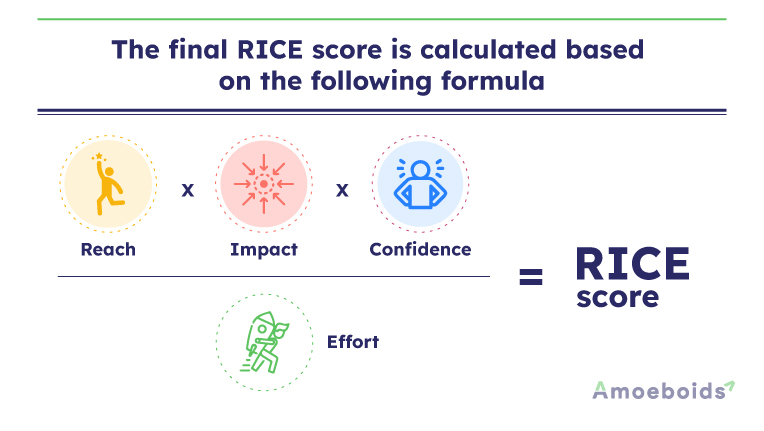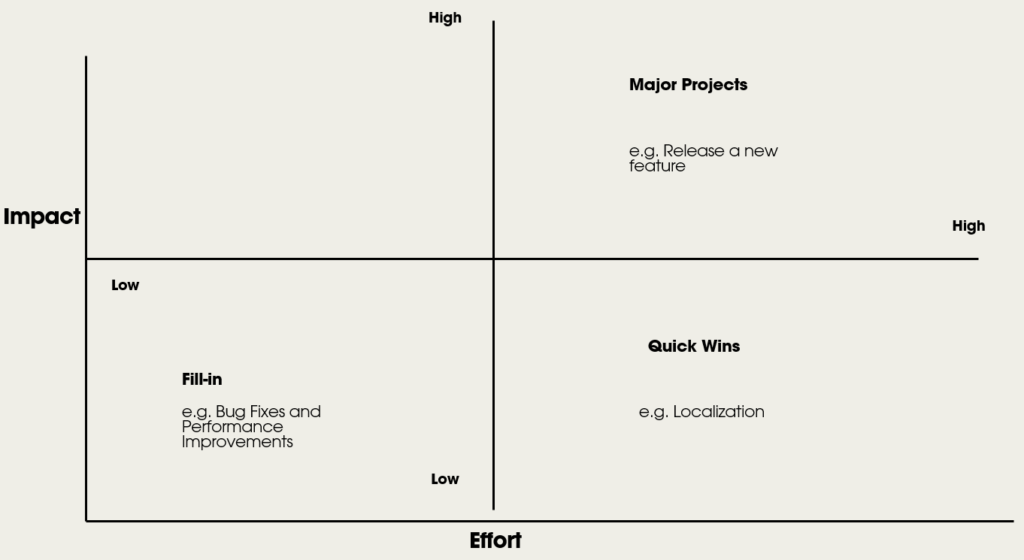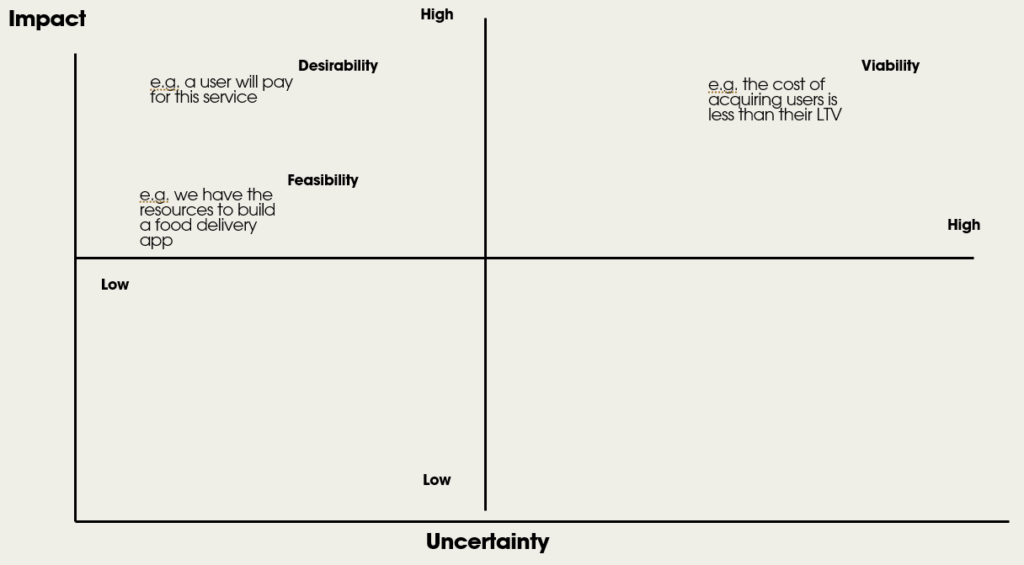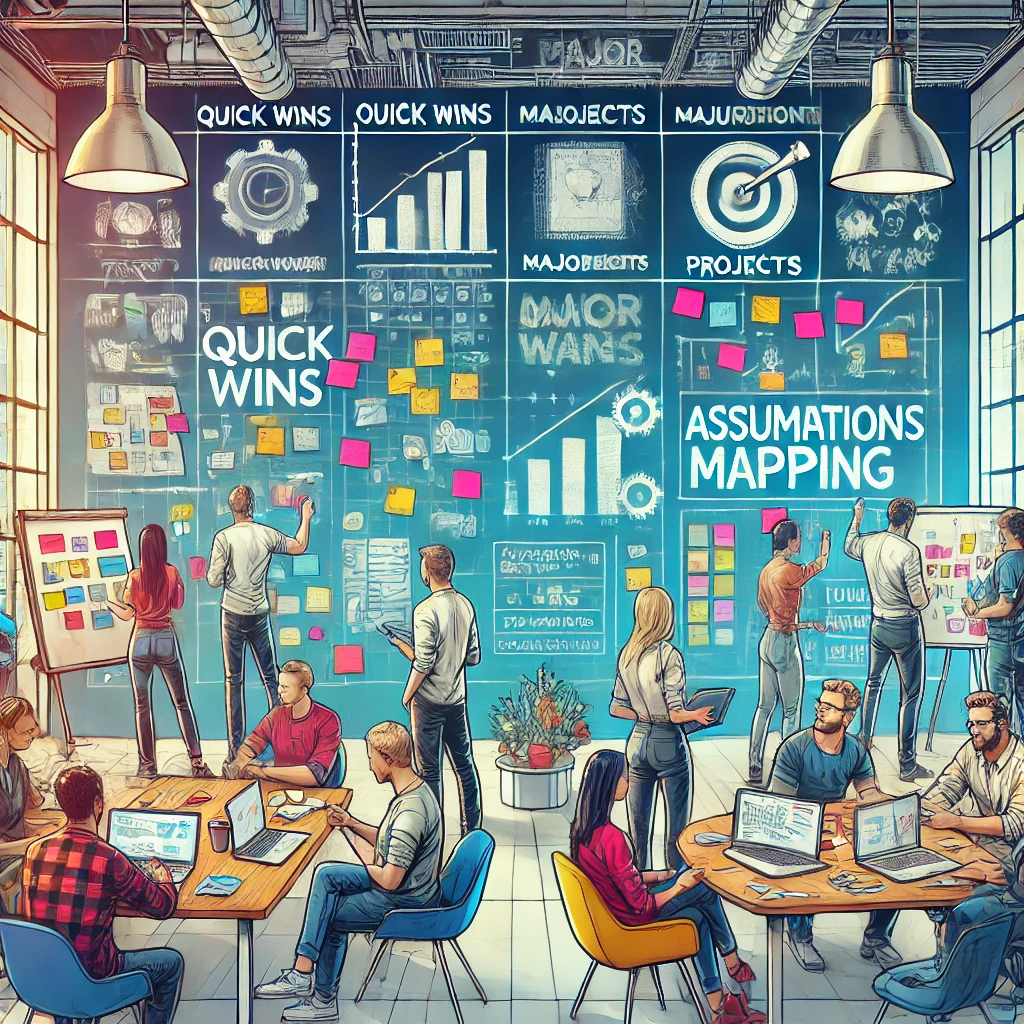Starting a business is exhilarating, but it’s also a high-stakes game of decision-making. Early-stage startups must navigate limited resources, competitive landscapes, and market uncertainties. Prioritization becomes critical. Whether you’re a business strategist, a product-oriented developer, or an engineering innovator understanding how to focus efforts can mean the difference between success and stagnation.
Below, we explore proven strategies and frameworks for prioritizing effectively as a startup, breaking them down into actionable insights.
Why Prioritization Matters in Early-Stage Startups
A startup is a temporary organization designed to search for a repeatable and scalable business model. This search is inherently uncertain and requires founders to balance risk and reward strategically. Prioritization helps in:
- Maximizing the impact of limited resources.
- Accelerating progress toward product-market fit.
- Avoiding distractions that derail innovation and growth.
Without clear priorities, even the most innovative teams risk spreading themselves too thin, missing critical opportunities, or investing in low-value activities.

The RICE Method: A Practical Framework
One of the most effective prioritization tools for startups is the RICE method, which evaluates potential projects based on four criteria:
- Reach: How many users or customers will the initiative impact within a given time frame?
- Impact: What is the measurable benefit to your business? Does it increase revenue, engagement, or customer satisfaction?
- Confidence: How certain are you about your estimates for reach and impact?
- Effort: How many person-hours or resources will the initiative require?
The formula for calculating a RICE score is:

RICE Framework Example

In the above image we can see an example with 3 features:
- New feature: (1,2*3*0,6)/2 = 1,08
- This action will reach all of our current users and we expect to reach also new users in the platform
- It will bring the highest impact to the reached people
- Based on our assumption’s validation we are 60% confident that it will bring the expected reach and impact.
- Since it is a new feature it takes more effort.
- Localization: (1*3*0,8)/1 = 1,6
- This action will reach all of our current users, we don’t expect to reach new users
- This update will bring an average impact to the reached people
- We are 80% confident that it will bring the expected reach and impact.
- This action will take an average effort.
- Bug fixes and improvements: (1*1*1)/1 = 1
- This action will reach all of our current users, we don’t expect to reach new users
- This update will bring low impact or not impact at all
- We are 100% confident about the expected reach.
- This action will take an average effort.
Results:
As you can see above, the New Feature sounds real promising but since we are not quite confident about this change and since this change takes effort it takes lower priority than the Localization but still highter priority than the Bug fixes.
Quick Wins vs. Major Projects

Effort and impact are pivotal considerations. Classifying tasks into categories like Quick Wins or Major Projects can help allocate resources effectively:
- Quick Wins: Low effort, high impact (e.g., performance improvements).
- Major Projects: High effort, high impact (e.g., releasing a game-changing feature).
- Fill-Ins: Low impact, low effort (e.g., minor updates or bug fixes).
Use these categories to build a clear roadmap, ensuring critical goals aren’t overshadowed by less impactful activities.
Assumptions Mapping: Reducing Uncertainty

In the earliest stages, uncertainty is high. In this stage, Assumptions Mapping becomes a powerful tool:
- Identify core assumptions about:
- desirability (e.g. users will pay for this feature)
- viability (e.g. we can profitably acquire users)
- feasibility (e.g., we have the technical resources to build this).
- Map these assumptions based on their impact and uncertainty.
- Prioritize validating high-impact, high-uncertainty assumptions before testing them to reduce risk and gain clarity.
This systematic approach helps startups validate ideas before committing significant resources, avoiding costly missteps.
Balancing Long-Term Vision with Short-Term Goals
Startups must balance visionary goals with pragmatic execution. Prioritize short-term objectives that:
- Build momentum with stakeholders and customers.
- Create foundational elements for long-term scalability.
Simultaneously, allocate bandwidth to experiment with bold initiatives that align with your larger vision.
Final Thoughts: Prioritize with Purpose
As a startup, your greatest resource is focus. By adopting frameworks like the RICE method and Assumptions Mapping, you can align your team’s energy with high-impact activities. Innovation thrives when uncertainty is tackled systematically, and prioritization ensures every step you take moves your business closer to its goals.
Start now. Evaluate your roadmap, categorize your tasks, and let your priorities pave the way to success.
